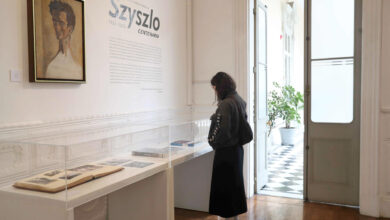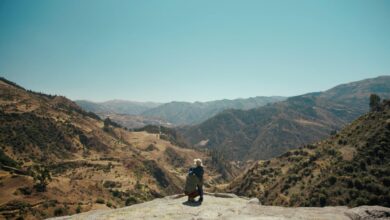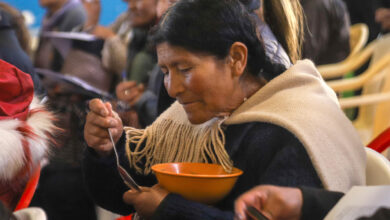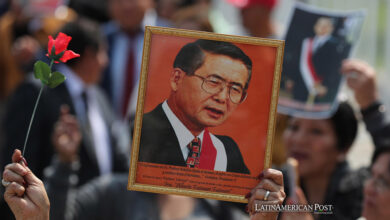Peru’s Pioneers First Intercultural Library in the Amazon
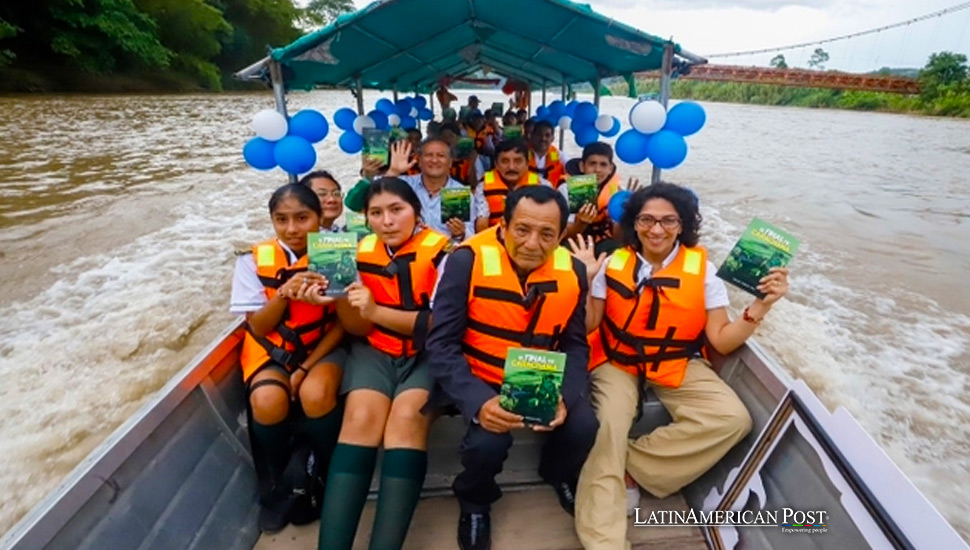
Peru inaugurates its first intercultural library in Tocache, San Martín. The library offers over 2,500 books in Spanish and indigenous languages, translation services, free internet, and cultural preservation spaces, setting a precedent for Latin American cultural integration.
In the heart of Peru’s Amazon region, the city of Tocache in San Martín has become home to the country’s first intercultural library, a groundbreaking initiative blending literary resources in Spanish and indigenous languages. With an initial collection of 2,500 books, this facility marks a significant step toward preserving and promoting the area’s rich linguistic and cultural diversity.
Named after the writer Amilcar Rengifo Vela, the library aims to serve over 73,000 residents. It represents a collaborative effort between the National Library of Peru and the provincial municipality, highlighting a nationwide commitment to cultural inclusivity and education. Through Minister Leslie Urteaga’s efforts, The Ministry of Culture emphasizes the library’s role in encouraging the practice and preservation of indigenous languages.
A Cultural Hub with Modern Amenities
The library, which cost about 400,000 soles (approximately $106,000), spans 187 square meters and features various sections, including a schoolroom, reading areas, a children’s section, a multipurpose room, a media library, a cafeteria, and a ‘memory space’ dedicated to local art and cultural exhibitions. This space serves as a traditional library and a cultural hub, offering translation services, free internet access, a video and film projection room, and resources for the visually impaired, including Braille books and chess sets.
During the inauguration, Urteaga emphasized the national authorities’ commitment to conserving the cultural heritage and traditions of the country’s indigenous peoples. She articulated a vision of fostering intergenerational culture and pride in native languages, highlighting the Ministry of Culture’s initiatives like the Interpretation and Translation Center, which provides services in indigenous languages to facilitate access to public services.
This initiative in Tocache is part of a broader Latin American movement to recognize and integrate indigenous cultures and languages into the mainstream cultural fabric. Similar efforts can be seen across the region, where countries increasingly acknowledge the importance of cultural and linguistic diversity. For example, Bolivia has made significant strides in promoting indigenous languages in education and public life. At the same time, Ecuador and Guatemala have also undertaken measures to preserve and promote their native cultures and languages.
Blending Tradition with Innovation
Establishing the intercultural library in Tocache sets a precedent for other Latin American countries to follow, illustrating the potential for libraries to serve as cultural preservation and promotion centers. These institutions can play a crucial role in maintaining indigenous communities’ linguistic diversity and cultural heritage, which are often at risk of erosion in the face of globalization and modernization.
The library’s approach, which integrates traditional knowledge with modern amenities like internet access, reflects a growing trend in the region toward embracing technology and innovation to preserve and promote indigenous cultures. This blending of the old and the new is a crucial feature of the evolving cultural landscape in Latin America, where the integration of digital resources with indigenous knowledge systems is increasingly seen as vital for the survival and revitalization of native languages and traditions.
Empowering Indigenous Communities
Moreover, the intercultural library in Tocache serves as a model for how cultural and educational institutions can contribute to indigenous communities’ social and economic development. By providing access to academic resources, facilitating cultural exchange, and promoting linguistic diversity, libraries like this can help to empower indigenous peoples, enhance their participation in national life, and contribute to the broader goals of social inclusion and cultural diversity.
Also read: Vallejo Reimagined in Peru’s Indigenous Tongues
Peru’s first intercultural library in Tocache is more than just a repository of books; it is a beacon of cultural preservation, education, and integration, reflecting a broader movement across Latin America to value and uplift indigenous heritage. This pioneering initiative is a testament to the power of collaboration between governmental and local entities in fostering a society that celebrates and preserves its diverse cultural and linguistic heritage for future generations.

